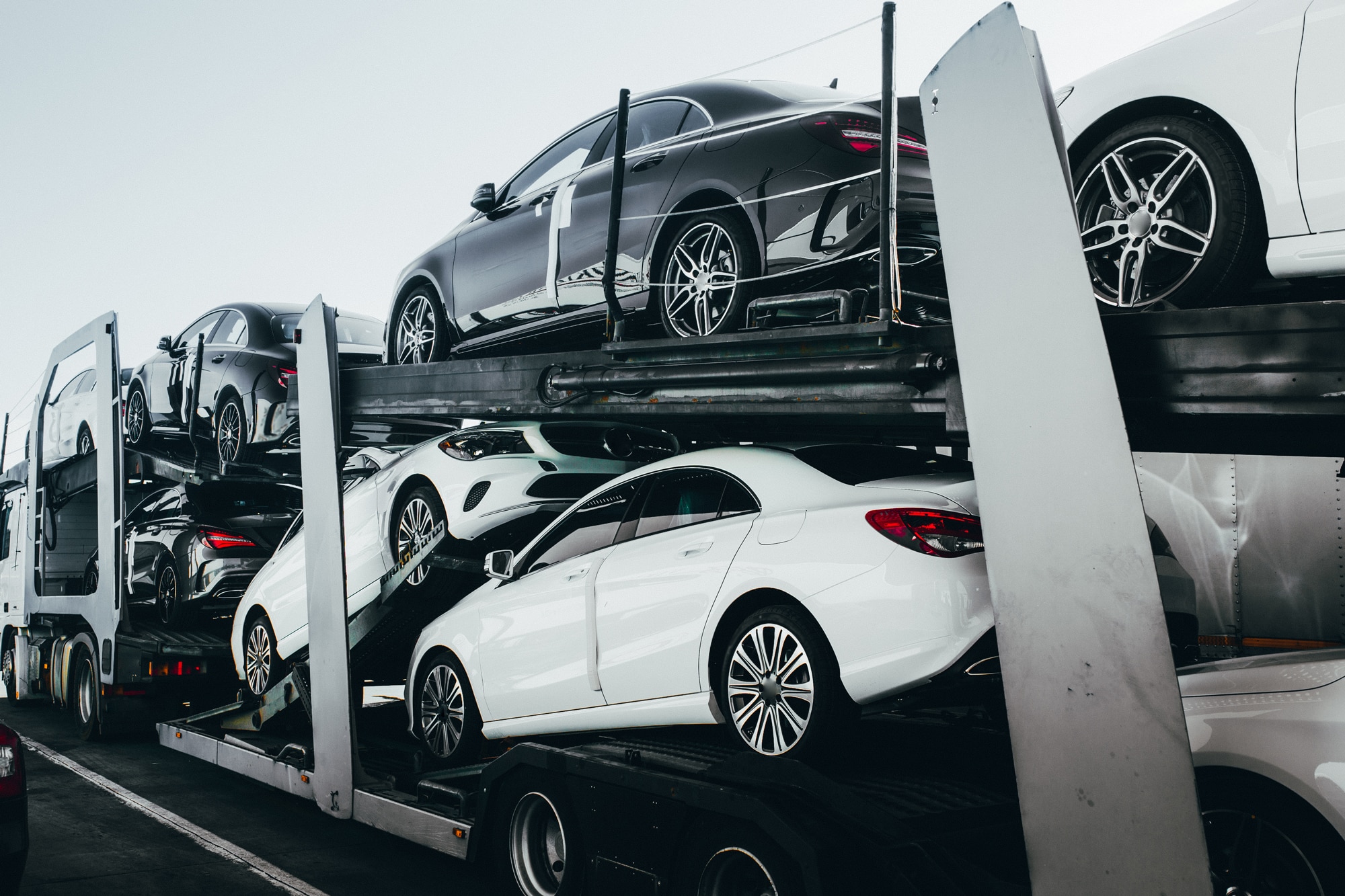Everything You Need to Know to Ship a Car
Auto transport should be a hassle-free experience.
 Shutterstock
Shutterstock
Whether you’re moving across the country or buying a vehicle from another state, shipping a car can be a time- and money-saver. Here’s what you need to know about hiring a car carrier to handle the movement of your vehicle from one point to another.
How Much Does It Cost to Ship a Car?
The cost of car shipping is highly dependent on fuel prices and the route between pickup and delivery. Generally, the longer the distance traveled, the greater the fee, but proximity to the interstate matters. For instance, one broker service gave us a quote of $980 to ship a compact car from Indianapolis and Dallas, a 900-mile trip. To transport the same vehicle from a non-hub city such as Eureka, California, to Los Angeles, some 650 miles away, the site says it’ll cost a little more than $1,000.
Naturally, cross-country treks are even pricier: Moving a car from Seattle to Miami or from Boston to San Diego runs upwards of $1,600. If you wish to have your car shipped in an enclosed trailer, expect to pay several hundred dollars on top of that. On the Indianapolis-to-Dallas route, this option adds about $400 to the price. Though, if you have a collectible car to move, that protection from the elements may be worth every penny.
How Long Does It Take to Ship a Car?
In normal non-pandemic circumstances, it may take a shipping company as little as a few hours to as many as two weeks to dispatch a truck to your vehicle’s location (though, these days, we’re seeing it take even longer).
Once your car is on the carrier, expect it to arrive between one and three days later for in-state moves and up to 10 days later for a cross-country trek. That’s because Federal Motor Carrier Safety Administration regulations dictate that truckers need to rest at least 10 consecutive hours each day, and it’s possible the truck driver will have to pick up other vehicles along the way.
Should I Use an Auto Transport Broker or Work Directly With a Car Carrier?
A broker has access to a database of thousands of potential carriers. They submit your vehicle’s information and route, and smaller companies or even individual truckers will bid on the job if they have an open spot on their truck. The broker then picks the cheapest carrier available for your specified time and location parameters and handles all the legwork aside from the physical pickup and drop-off of the vehicle. Most consumers will find themselves working with a transport broker, even if they don’t realize it. Though, there is a website called uShip.com that allows users to act as their own broker, submitting their vehicle and waiting for bids from truck drivers.
In contrast, if you find a company that operates its own fleet and caters to individual shippers—which isn’t very common—you’ll likely have to wait for one of its haulers to head your way. They tend to cost more too. But if problems or concerns arise, then you’ll communicate directly with the carrier rather than wait for a busy broker to make contact with an equally busy driver to relay any issues.
What Kind of Insurance Do I Need to Ship a Car?
Make sure you have comprehensive and collision coverage on the car before shipping it, as it can be susceptible to damage en route, ranging from minor rock chips to hailstorms.
When booking a car shipment, it’s wise to ask for information on the carrier’s insurance, such as the provider and coverage limits. Also make sure the coverage applies to damage incurred when the vehicle is not on the truck, as the driver may need to move it to accommodate or offload other vehicles.
How to Prepare a Car for Shipping
Remove any valuable or difficult-to-replace items from the car that aren’t bolted down, as they’re susceptible to theft and likely not covered by insurance. Many carriers request that the fuel tank be no more than a quarter full. If you’ve just bought the vehicle and aren’t onsite for the pickup, ask the seller or dealer to mail any paperwork and extra keys directly to you rather than inside the car.
Before the hauler collects the vehicle, be sure to take detailed photos of its current condition inside and out in case damage occurs during shipping and you need to file a claim.
Finally, big trucks need a fair amount of space for loading and unloading, so you may need to designate an open parking lot as the meetup location.
Written by humans.
Edited by humans.
 Andrew Ganz
Andrew GanzAndrew Ganz has had cars in his blood ever since he gnawed the paint off of a diecast model as a toddler. After growing up in Dallas, Texas, he earned a journalism degree, worked in public relations for two manufacturers, and served as an editor for a luxury-lifestyle print publication and several well-known automotive websites. In his free time, Andrew loves exploring the Rocky Mountains' best back roads—when he’s not browsing ads for his next car purchase.
Related articles
View more related articles